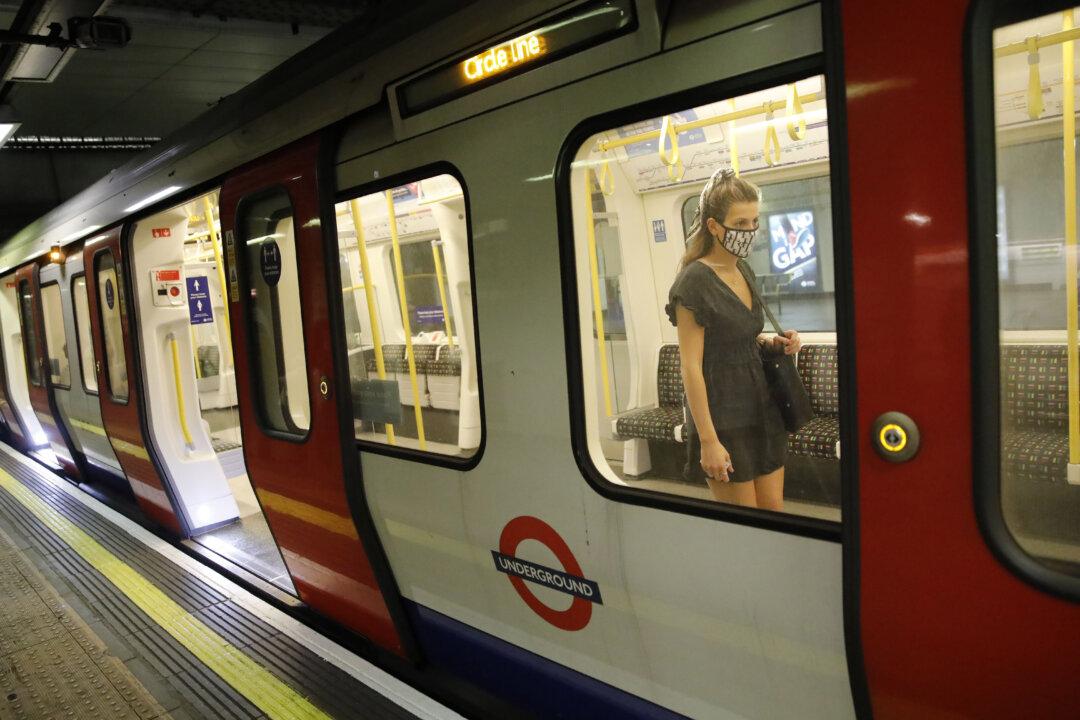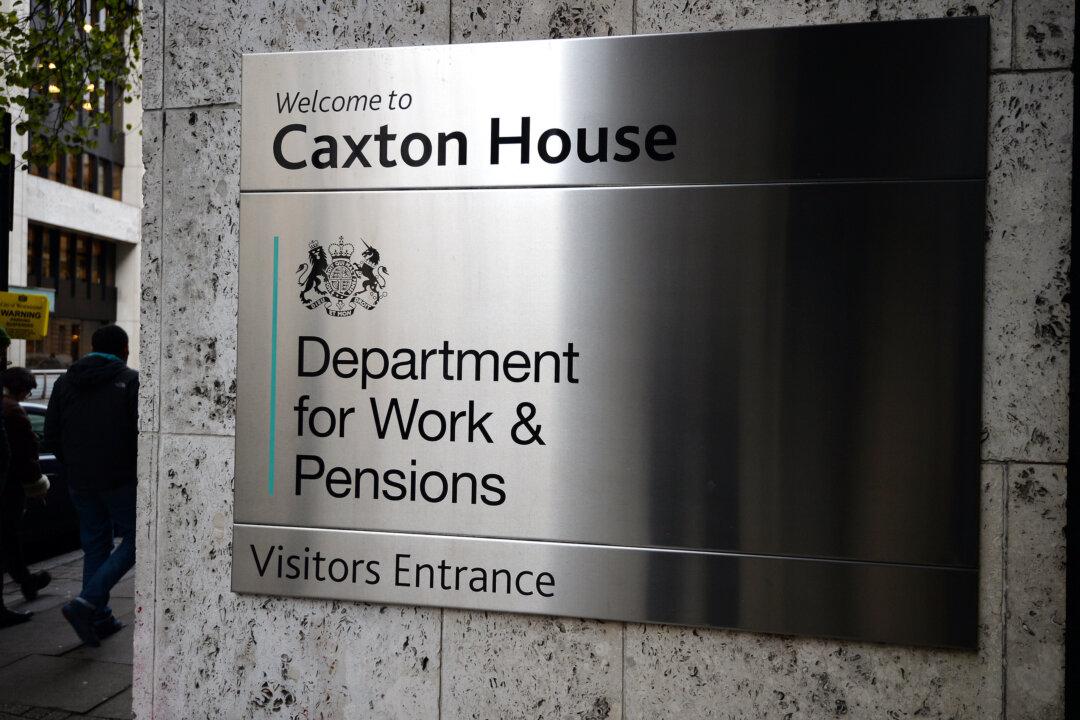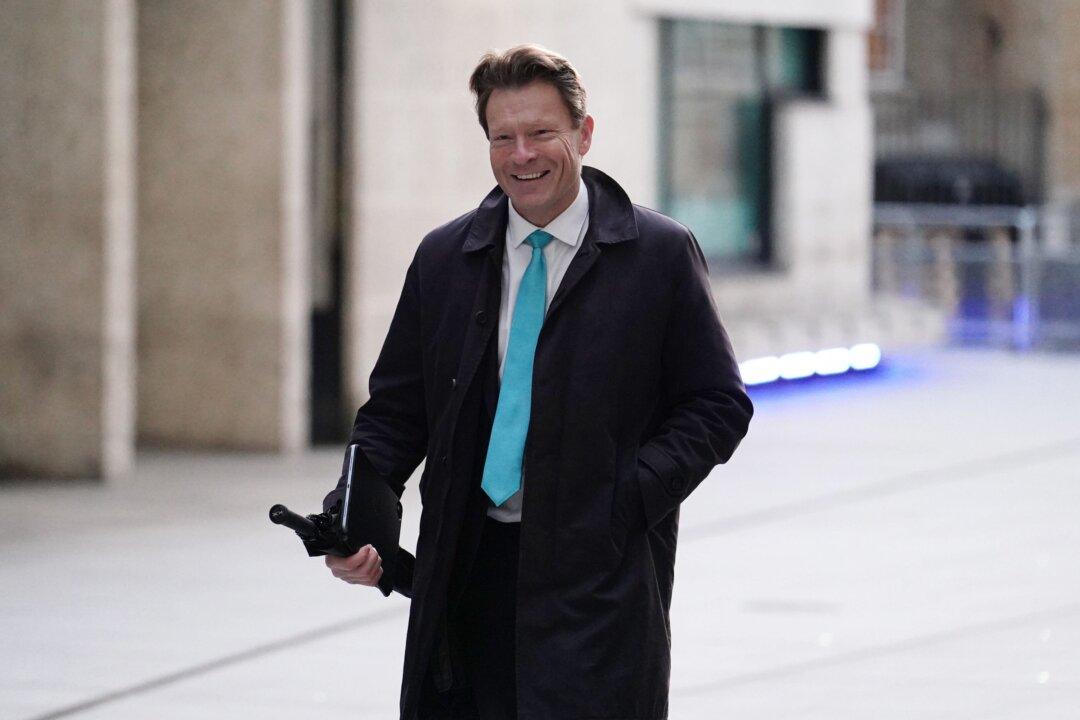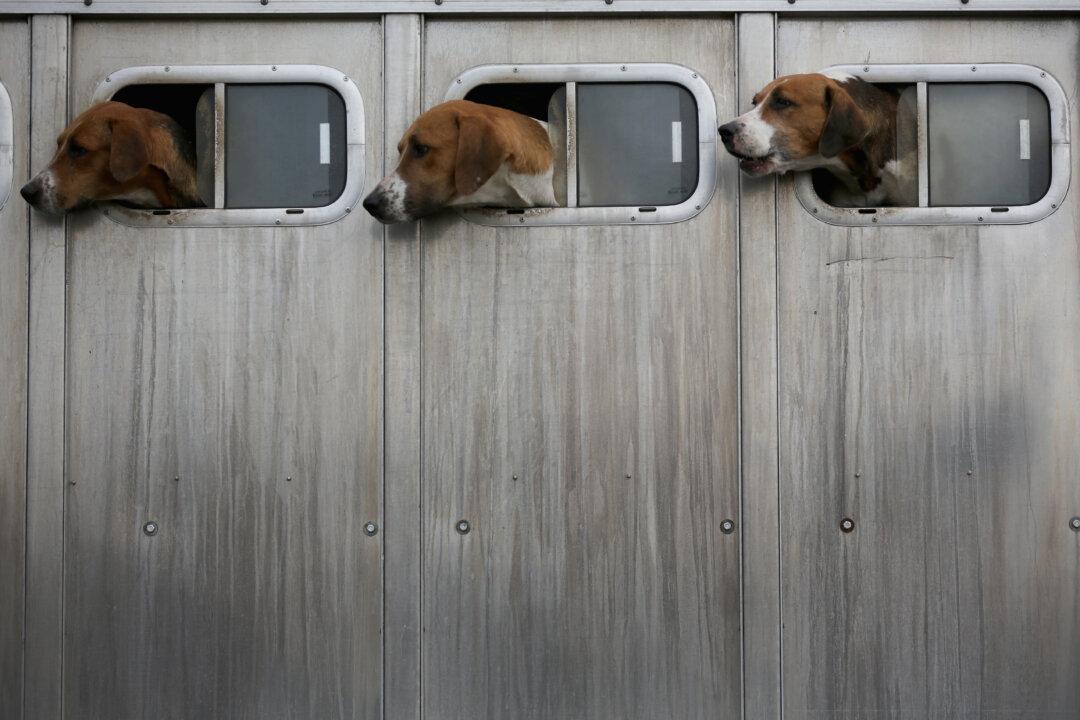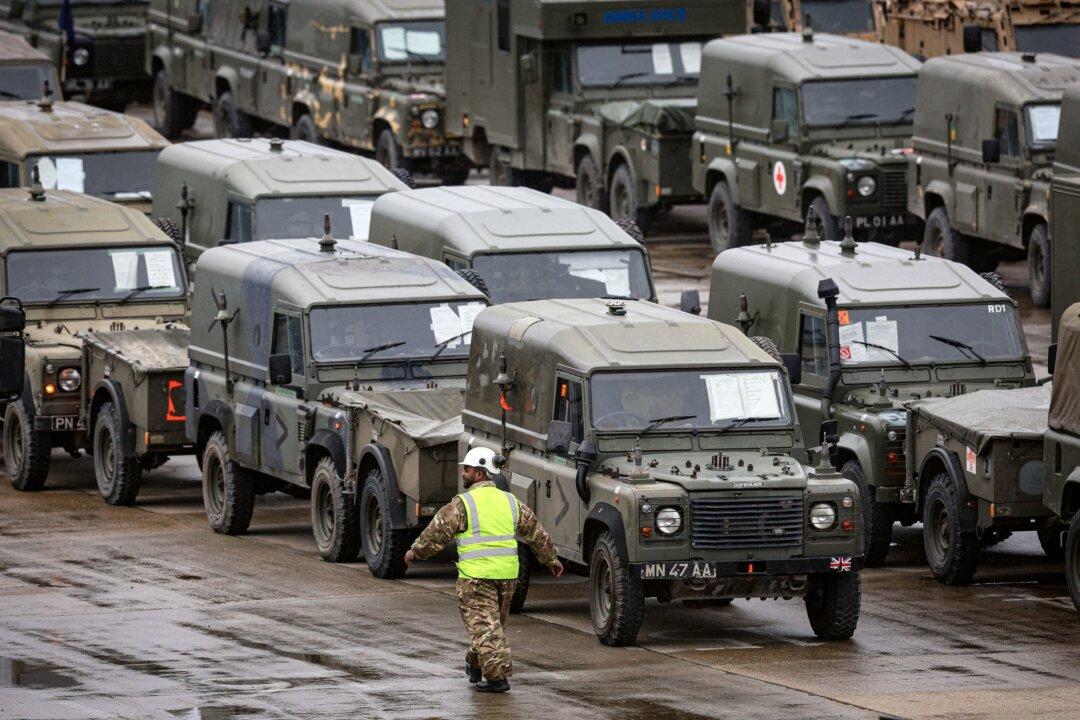An experiment conducted by The Epoch Times showed plausible evidence air quality on the London tube network could venture into dangerous levels, according to the Air Quality Index (AQI).
The Epoch Times conducted an experiment using a handheld Temtop Air Quality Detector on Aug. 29. The results were consistent and appeared to maintain their accuracy at all times.
